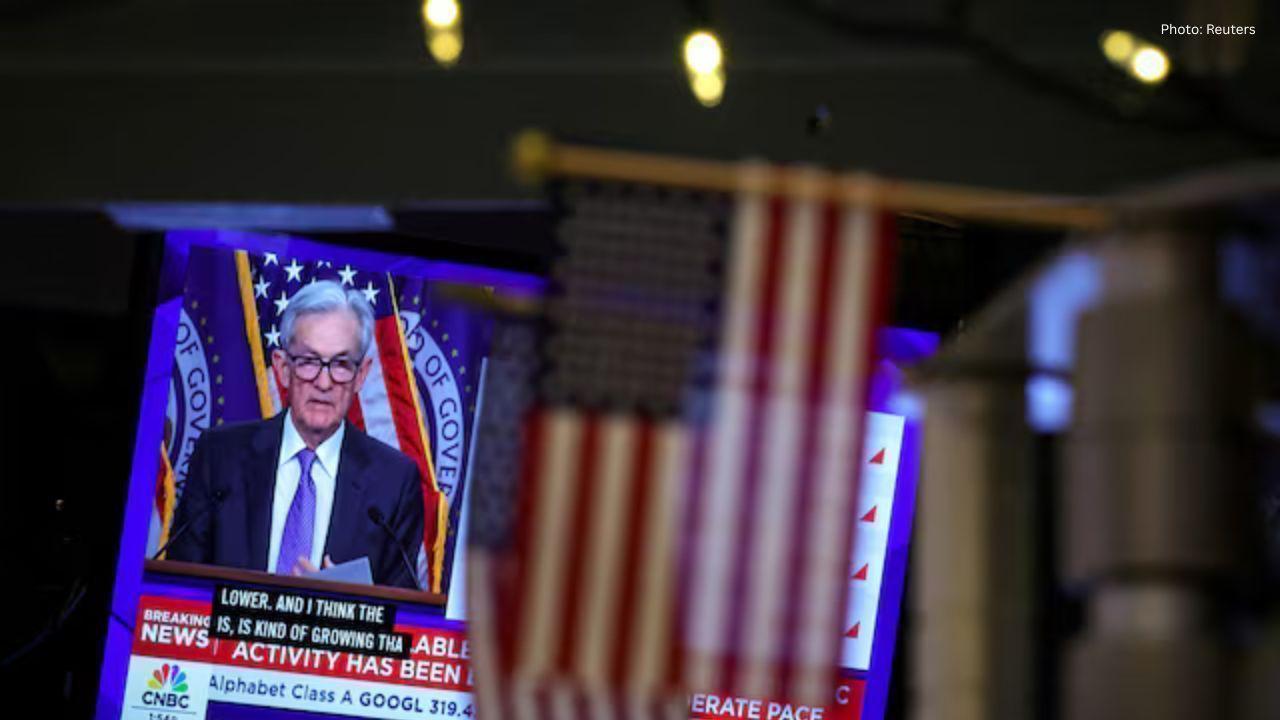You have not yet added any article to your bookmarks!

Join 10k+ people to get notified about new posts, news and tips.
Do not worry we don't spam!

Post by : Laxmi Verma
In today’s rapidly evolving educational landscape, traditional teaching methods are no longer enough to prepare students for the challenges of the future. Schools worldwide are embracing new strategies to foster deeper understanding, creativity, and essential life skills. Among these, collaborative learning has emerged as a powerful approach that transforms the classroom experience. If you’ve ever wondered why teamwork is emphasized so heavily in education, understanding the benefits of collaborative learning in schools will shed light on its growing importance.
Collaborative learning involves students working together in pairs or groups to solve problems, complete tasks, or understand new concepts. Rather than passively receiving information from the teacher, learners actively engage with their peers to share ideas, debate viewpoints, and build knowledge collectively. This dynamic interaction doesn’t just help students grasp academic material better—it nurtures vital social and cognitive skills that extend far beyond the classroom walls.
One of the most significant advantages of the benefits of collaborative learning in schools is its impact on comprehension and memory. When students explain concepts to one another, ask questions, and discuss different perspectives, they engage with the material more deeply. This active participation encourages critical thinking, allowing students to analyze and synthesize information rather than simply memorizing facts.
Research consistently shows that students involved in group learning retain knowledge longer than those who study alone. The back-and-forth dialogue helps clarify misunderstandings in real-time, making the learning process more effective. It also provides multiple angles to approach a problem, catering to diverse learning styles within the classroom.
Beyond academic gains, the benefits of collaborative learning in schools extend to crucial social and emotional development. Working in groups requires communication, negotiation, and conflict resolution skills. Students learn how to listen actively, express their opinions respectfully, and accommodate different viewpoints.
These social skills are indispensable in today’s interconnected world. Collaborative learning fosters empathy and teamwork, preparing students to function successfully in future workplaces and communities. Moreover, it creates a more inclusive environment where everyone’s voice can be heard, boosting confidence and a sense of belonging.
Group work also teaches students responsibility and accountability—important qualities for personal growth. When students know their contribution affects the entire team’s success, they are more likely to stay engaged and committed. This shared responsibility promotes time management, goal setting, and discipline.
Teachers often observe that students take greater ownership of their learning during collaborative activities. The peer pressure, in a positive sense, motivates learners to prepare and participate fully. This kind of environment nurtures leadership skills and encourages individuals to hold themselves and others accountable.
Creativity thrives when ideas collide, and this is a key reason why the benefits of collaborative learning in schools are so profound. In group settings, students can brainstorm and build on each other’s thoughts, leading to innovative solutions and fresh approaches to problems. This collective creativity helps students think outside the box and explore possibilities they might not consider on their own.
Collaborative projects often simulate real-world scenarios, where teamwork and creative problem-solving are essential. By fostering such skills early, schools prepare students to adapt and innovate in a complex, fast-changing world.
Another noteworthy benefit of collaborative learning is the boost in student motivation and engagement. When students work together, learning becomes a shared experience rather than an isolated task. This social element makes the classroom more dynamic and enjoyable, which naturally increases interest and participation.
Students who feel connected to their peers and actively involved in their education tend to be more motivated to succeed. They are less likely to feel bored or disengaged. The sense of community built through collaboration also supports positive behavior and reduces feelings of isolation.
While the advantages of the benefits of collaborative learning in schools are clear, successful implementation requires thoughtful planning. Teachers need to design tasks that encourage equal participation and ensure groups function smoothly. Challenges such as unequal workload distribution or personality conflicts can arise, but with proper guidance and clear expectations, these can be managed effectively.
Integrating collaborative learning into the curriculum involves balancing group work with individual assessments to provide a comprehensive educational experience. Technology can also play a supportive role, with online tools enabling seamless communication and collaboration beyond the classroom.
This article is intended for informational purposes only and should not be considered professional educational advice. While the information presented is based on current research and best practices, readers are encouraged to consult with qualified educators or experts before applying any strategies or methods discussed. The author and publisher assume no responsibility for any outcomes resulting from the use of this content.










Rashmika Mandanna, Vijay Deverakonda Set to Marry on Feb 26
Rashmika Mandanna and Vijay Deverakonda are reportedly set to marry on February 26, 2026, in a priva

FIFA Stands by 2026 World Cup Ticket Prices Despite Fan Criticism
FIFA defends the high ticket prices for the 2026 World Cup, introducing a $60 tier to make matches m

Trump Claims He Ended India-Pakistan War, Faces Strong Denial
Donald Trump says he brokered the ceasefire between India and Pakistan and resolved eight wars, but

Two Telangana Women Die in California Road Accident, Families Seek Help
Two Telangana women pursuing Master's in the US died in a tragic California crash. Families urge gov

Ranveer Singh’s Dhurandhar Roars Past ₹1100 Cr Worldwide
Ranveer Singh’s Dhurandhar stays unstoppable in week four, crossing ₹1100 crore globally and overtak

Asian Stocks Surge as Dollar Dips, Silver Hits $80 Amid Rate Cut Hopes
Asian markets rally to six-week highs while silver breaks $80, driven by Federal Reserve rate cut ex